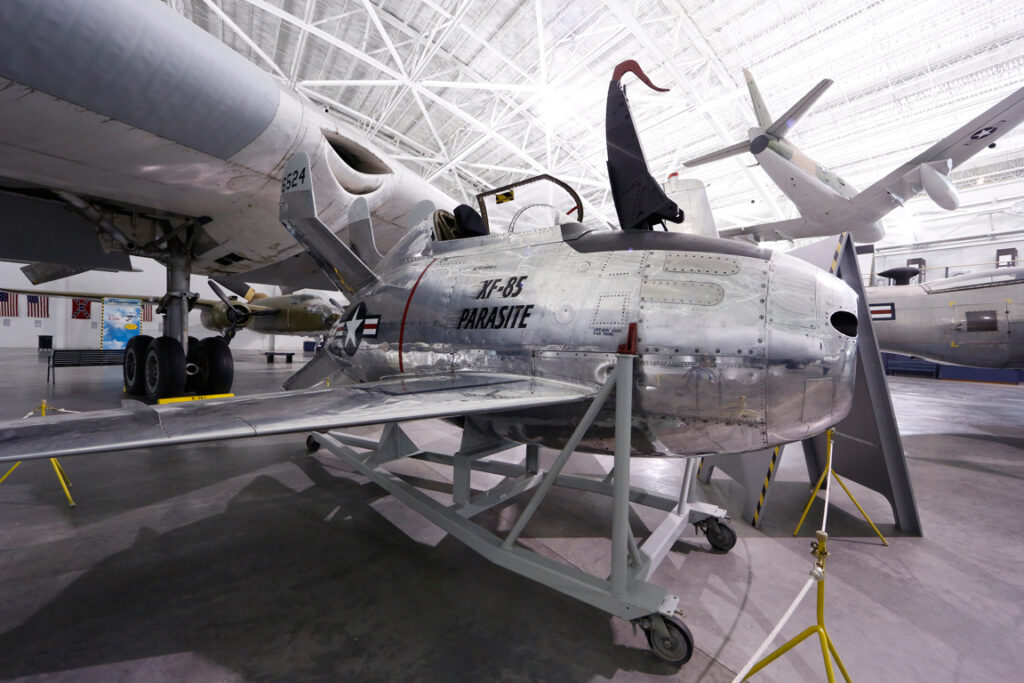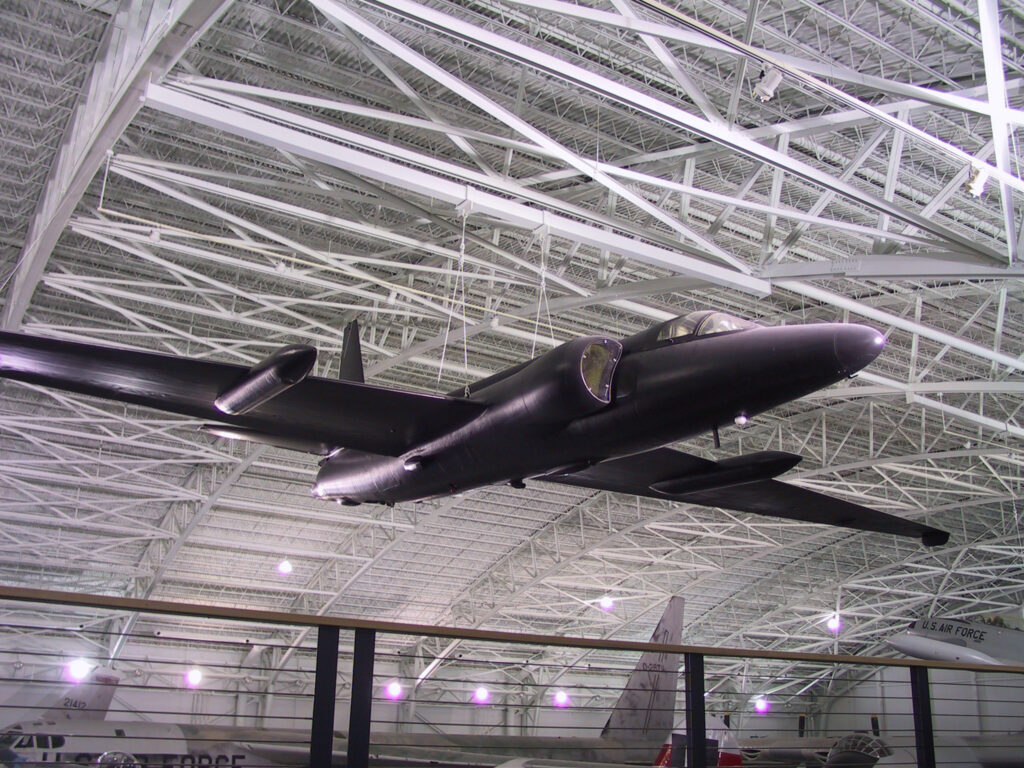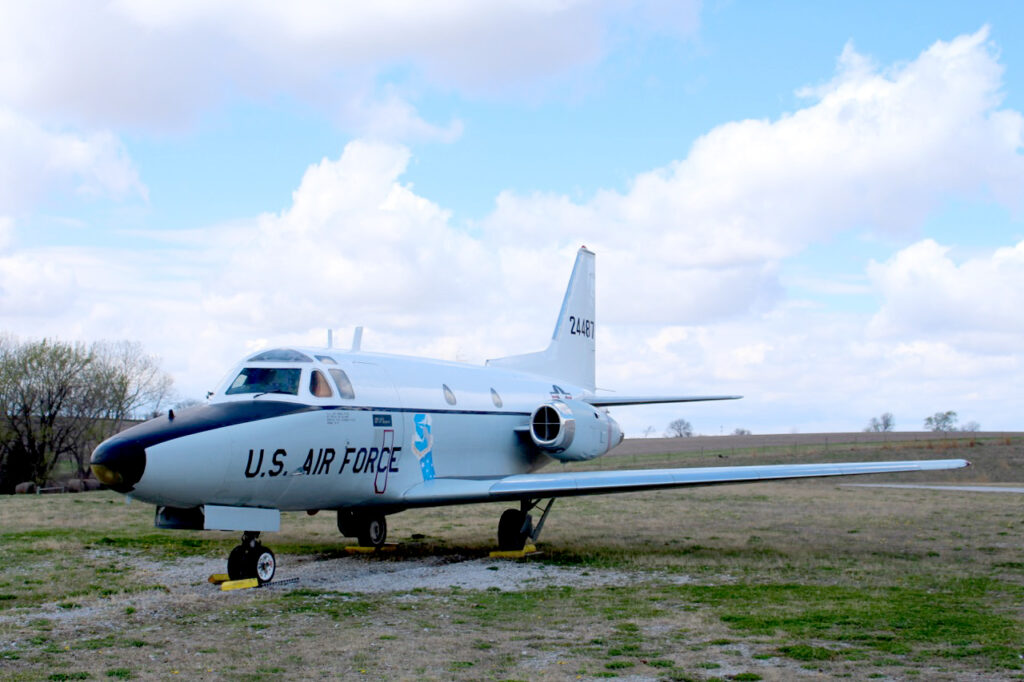Let Your Curiosity Soar
C-119G “Flying Boxcar”
The C-119 design began in 1941 as the XC-82 Packet. It was first flown on November 17, 1947, at Fairchild Aviation Company’s Hagerstown, Maryland, plant. The XC-82 was the first American aircraft designed during World War II specifically for a fast, mobile, cargo-carrying function. It entered production as the C-82A, a twin-boomed transport powered by two Pratt and Whitney R-2800-85 air-cooled engines rated at 2,100 horsepower each. The C-82 was used in the Berlin Airlift in 1948 but was not as well publicized as the more numerous C-47s or C-54s. In 1947, the 137th production model C-82A was extensively modified into the XC-82B. This plane had a relocated crew compartment for improved vision, a wider fuselage, strengthened wings and larger engines. Because this aircraft was more than a new version of the C-82A, the Air Force redesignated the plane as the C-119 and nicknamed it “The Flying Boxcar”. When production of the C-119s ended in 1955, 1,151 planes had been built, half of which were still in service in 1969.
The Museum’s C-119 was manufactured by Fairchild Aircraft in Hagerstown, Maryland, and delivered to the USAF on January 5, 1953.
Specifications
Aircraft Type: C-119G, S/N 51-8024L, “Flying Boxcar,” Fairchild Aircraft.
Mission: Cargo transport
Number built: Fairchild and Kaiser built a total of 1,151 C-119s. 1 C-119A, 54 C-119Bs, 303 C-119Cs, 210 C-119Fs, 484 C-119Gs, 41 R4Q-1s (Marines), and 58 R4Q-2s (Navy and Marines).
Powerplant: Two Wright R-3350-89W air-cooled radial engines, 3,400 horsepower each
Weight: Empty 39,982 pounds, loaded 74,400 pounds, maximum takeoff weight 74,400 pounds
Dimensions: Wingspan 109’3″, length 86’6″, height 26’3″
Performance: Maximum speed 296 MPH at 17,000 feet, cruising speed 200 MPH, service ceiling 24,000 feet
Additional Exhibits

XF-85 “Goblin”
Learn More
U-2C “Dragon Lady”
Learn More